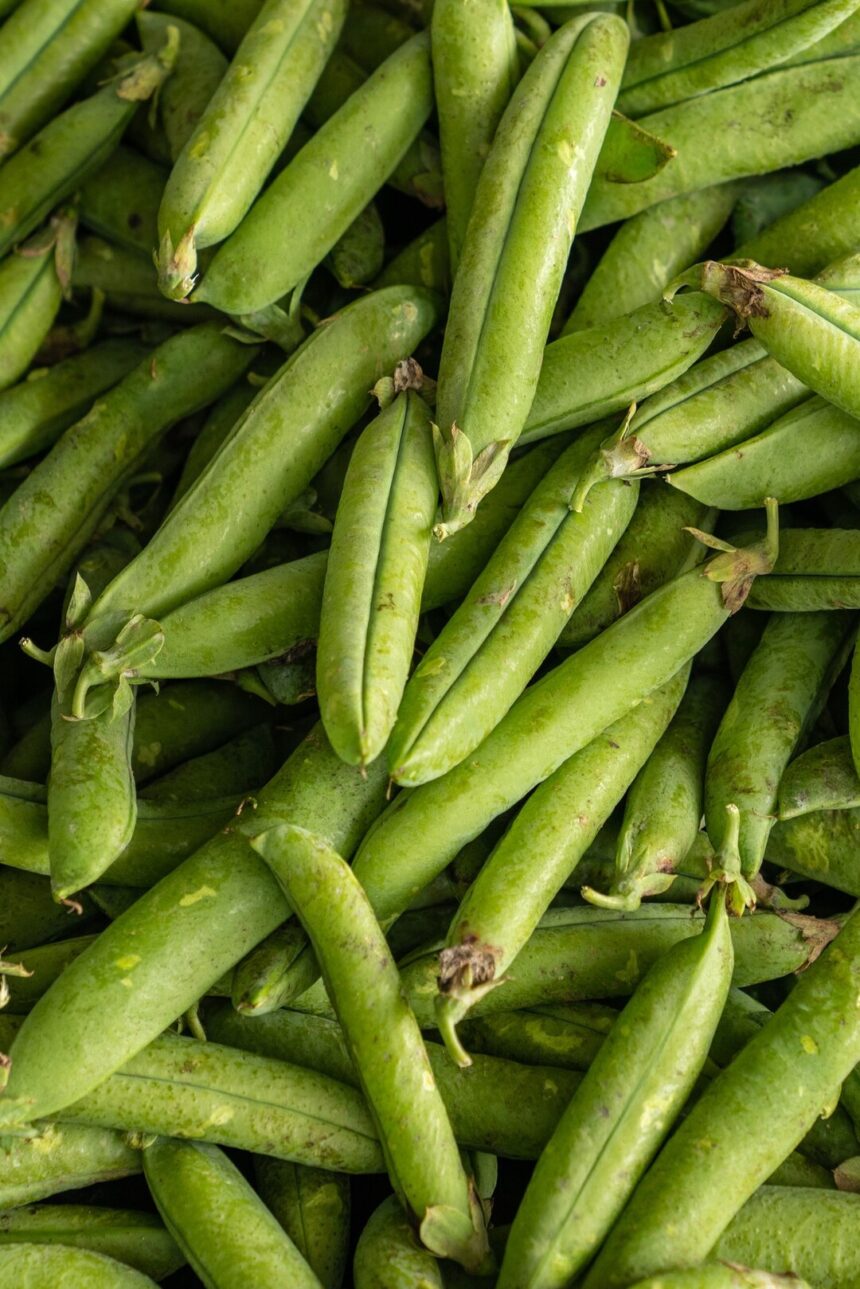Green beans, also known as string beans or snap beans, are a popular and nutritious vegetable cultivated in various regions of South Africa. With their vibrant color, crisp texture, and delicious flavor, green beans are a staple in many households and play a significant role in the country’s agricultural industry. However, like any crop, maximizing the quality and yield of green beans requires careful attention to cultivation practices, soil management, pest control, and harvesting techniques. In this guide, we’ll explore some effective techniques for enhancing the quality and yield of green beans in South Africa.
Selecting Suitable Varieties:
Choosing the right varieties of green beans is crucial for optimizing quality and yield. Consider factors such as climate, soil type, and disease resistance when selecting varieties that are well-suited to your region. Popular green bean varieties grown in South Africa include Top Crop, Provider, Roma II, and Strike.
Soil Preparation and Management:
Preparing the soil properly is essential for promoting healthy plant growth and maximizing yield. Before planting, ensure that the soil is well-drained, fertile, and rich in organic matter. Conduct soil tests to assess nutrient levels and pH, and amend the soil as needed to provide the optimal growing conditions for green beans. Implement practices such as crop rotation to prevent soil depletion and reduce the risk of disease.
Planting and Spacing:
When planting green beans, pay attention to spacing to optimize plant growth and yield. Plant seeds or seedlings in rows with adequate spacing between plants to allow for proper air circulation and sunlight penetration. Space rows approximately 18 to 24 inches apart, with plants spaced 4 to 6 inches apart within rows, depending on the variety.
Irrigation Management:
Proper irrigation is essential for ensuring consistent moisture levels and promoting healthy root development in green bean plants. Monitor soil moisture regularly and provide irrigation as needed to prevent drought stress and ensure optimal growth. Avoid overwatering, as excessive moisture can lead to root rot and other fungal diseases.
Fertilization:
Applying balanced fertilizers at the right times can help maximize yield and quality in green bean crops. Incorporate organic matter such as compost or well-aged manure into the soil before planting to improve soil fertility and structure. During the growing season, supplement with additional fertilizers as needed based on soil test recommendations and plant nutrient requirements.
Weed Control:
Effective weed control is essential for reducing competition for nutrients, water, and sunlight and optimizing green bean yield. Implement cultural practices such as mulching, hand-weeding, or mechanical cultivation to suppress weed growth and maintain a weed-free environment around green bean plants. Consider using herbicides judiciously as part of an integrated weed management strategy.
Pest and Disease Management:
Green beans are susceptible to various pests and diseases that can impact yield and quality if left unchecked. Monitor plants regularly for signs of pest infestation or disease symptoms, such as insect damage, leaf spots, or wilting. Implement cultural practices such as crop rotation, sanitation, and companion planting to minimize pest and disease pressure. Consider using organic pesticides or fungicides as needed to control pests and diseases while minimizing environmental impact.
Harvesting Techniques:
Harvest green beans promptly when they reach the desired size and maturity to maintain optimal quality and flavor. Use sharp scissors or pruning shears to harvest beans, taking care to avoid damaging the plants or pods. Harvest beans regularly to encourage continuous production throughout the growing season, and remove any overripe or damaged pods to promote new growth.
Post-Harvest Handling:
Handle harvested green beans with care to minimize damage and maintain freshness and quality. Remove any debris or field heat from harvested beans promptly and cool them down to the optimal storage temperature as soon as possible. Store beans in a cool, humid environment or refrigerate them to extend shelf life and preserve quality.
By implementing these techniques for enhancing quality and yield, farmers in South Africa can maximize the productivity and profitability of their green bean crops. From soil preparation and planting to irrigation management, pest control, and harvesting, attention to detail and proper management practices are essential for success. By adopting sustainable and integrated approaches to green bean production, farmers can ensure a bountiful harvest of high-quality beans that meet market demands and contribute to a thriving agricultural sector in South Africa.
Join 'Farmers Mag' WhatsApp Channel
Get the latest Farming news and tips delivered straight to your WhatsApp
CLICK HERE TO JOIN






